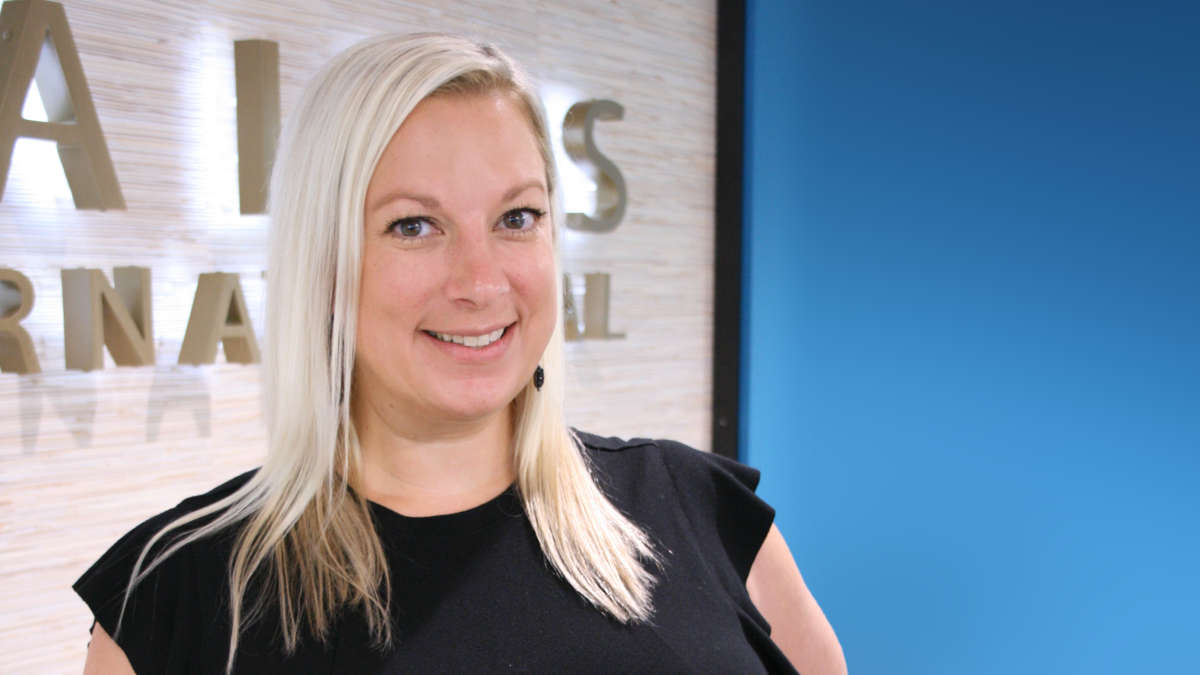
The advent of DNA-profiling changed forensic science forever. Recent developments in next-generation sequencing (NGS) have now transformed the landscape of DNA-profiling itself.
But what happens if the conventional DNA profiling workflow doesn't return any hits? How, then, can you move your investigation forward?
Mitochondrial DNA (mtDNA) is a plentiful alternative to nuclear DNA. The higher copy number of mtDNA per cell increases the likelihood of obtaining a DNA profile from challenging samples such as skeletal remains, rootless hairs and teeth. The ForenSeq mtDNA Whole Genome Kit makes it possible to interrogate mtDNA with optimum sensitivity from minimal DNA input.
The ForenSeq DNA Signature Prep Kit provides information for cases where first degree relatives are not available. The workflow can generate full DNA profiles from limited sample material by targeting autosomal, X- and Y-STRs, plus identity-informative phenotyping SNPs in a single amplification.
Forensic investigative genetic genealogy (FIGG) testing can generate additional leads in cases of violent crime or unidentified human remains (UHR). FIGG combines consumer DNA testing with traditional genealogical research to identify potential genetic associations with a forensic sample. There are three main options for generating a SNP profile suitable for FIGG: large scale microarray-based SNP arrays, NGS-based whole genome sequencing (WGS), or NGS-based targeted sequencing that selectively amplifies specific regions in the DNA.
Neither microarray technology nor WGS was designed for forensic samples. High-quality DNA from a single source is required, and there are problems around genetic privacy and chain of custody. Forensic samples are frequently mixed, degraded, or low quantity. The ForenSeq Kintelligence Kit workflow supports FIGG and is suitable for contaminated or low-level samples. The assay is designed to address data privacy concerns in a forensic laboratory.
Our conversation introduces Rachel Oefelein, currently the Chief Scientific Officer at DNA Labs International. Founded in 2004, DNA Labs International is a private forensic DNA laboratory specializing in forensic DNA analysis for law enforcement agencies, attorneys and government forensic labs. Rachel Oefelein joined DNA Labs International in 2014 and has testified as an expert witness in 10 Florida counties, three states and four countries.
What made DNA Labs International decide to bring in NGS?
It was three-fold for us. We were really looking for a new system that would enable us to perform mitochondrial DNA testing without having to revert back to Sanger Sequencing. We were also very interested in a phenotyping option. The game changer though that made us really decide to leap into NGS was the announcement of the ForenSeq Kintelligence system which would enable us to do genealogy testing from start to finish, in-house, and under our scope of accreditation.
Please describe the types of cases your laboratory utilizes NGS for and what does NGS offer for these cases that traditional methods do not?
The ForenSeq DNA Signature Prep Kit, using Primer Set B with phenotype information, is a great option for sexual assault samples where the male to female ratio is right at the cut-off but we only have enough DNA for one test. This allows us to get both autosomal and Y-STR results from a single amplification.
ForenSeq Kintelligence is used primarily for Doe cases as well as suspect cases where the DNA profile has not hit in CODIS1 (the COmbined DNA Index System). Whole Genome mitochondrial testing is used primarily in unidentified human remains (UHR) cases and cases with limited DNA like hair shafts or extremely degraded bones.
Which QIAGEN products do you use in your NGS workflow and what do you like about the products?
We use three ForenSeq kits; ForenSeq Kintelligence Kit, ForenSeq mtDNA Whole Genome Kit and ForenSeq DNA Signature Prep Kit with Primer Set B. We’re also currently validating the ForenSeq MainstAY system. My favorite part of all of these kits is that the processing is very similar which makes training and implementation a breeze!
Can you tell us about your laboratory’s recent case success using NGS?
Perhaps the most recent case that has been shared publicly was a solve out of Indiana. This case really sticks with me as being so unusual because of the crime itself and the fact that all three victims miraculously survived. In 1975, three young girls had been attacked and repeatedly stabbed. Their DNA and all the evidence was collected and submitted for testing. Though the suspect’s STR profile had been uploaded to CODIS, there were no hits, and the case eventually went cold. It turns out, the perpetrator had died in prison in 1983 before the passage of the DNA Identification Act which is why the DNA never hit in CODIS.
How did NGS help resolve the case? What challenges did NGS help resolve?
Through forensic investigative genetic genealogy (FIGG) using the ForenSeq Kintelligence system, the long unknown perpetrator was identified as Thomas Edward Williams. The ForenSeq Kintelligence system was great at overcoming degradation as this case was quite old; nearly 50 years had gone by since the evidence was collected.
What would you say to other laboratories considering implementing NGS for casework?
Take the leap, we have been thrilled at what we have been able to accomplish in just the few short years since we have gone live with NGS.
